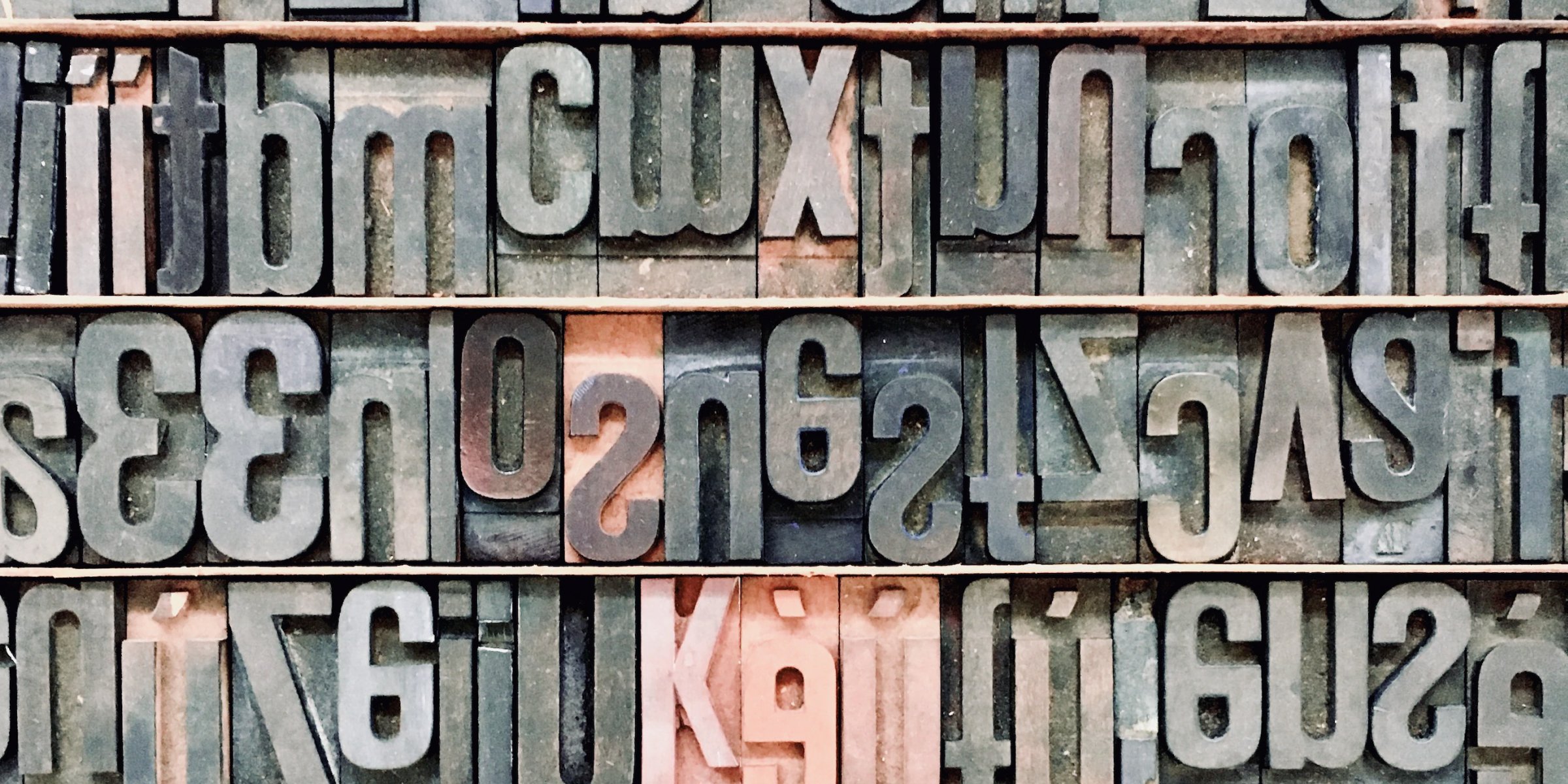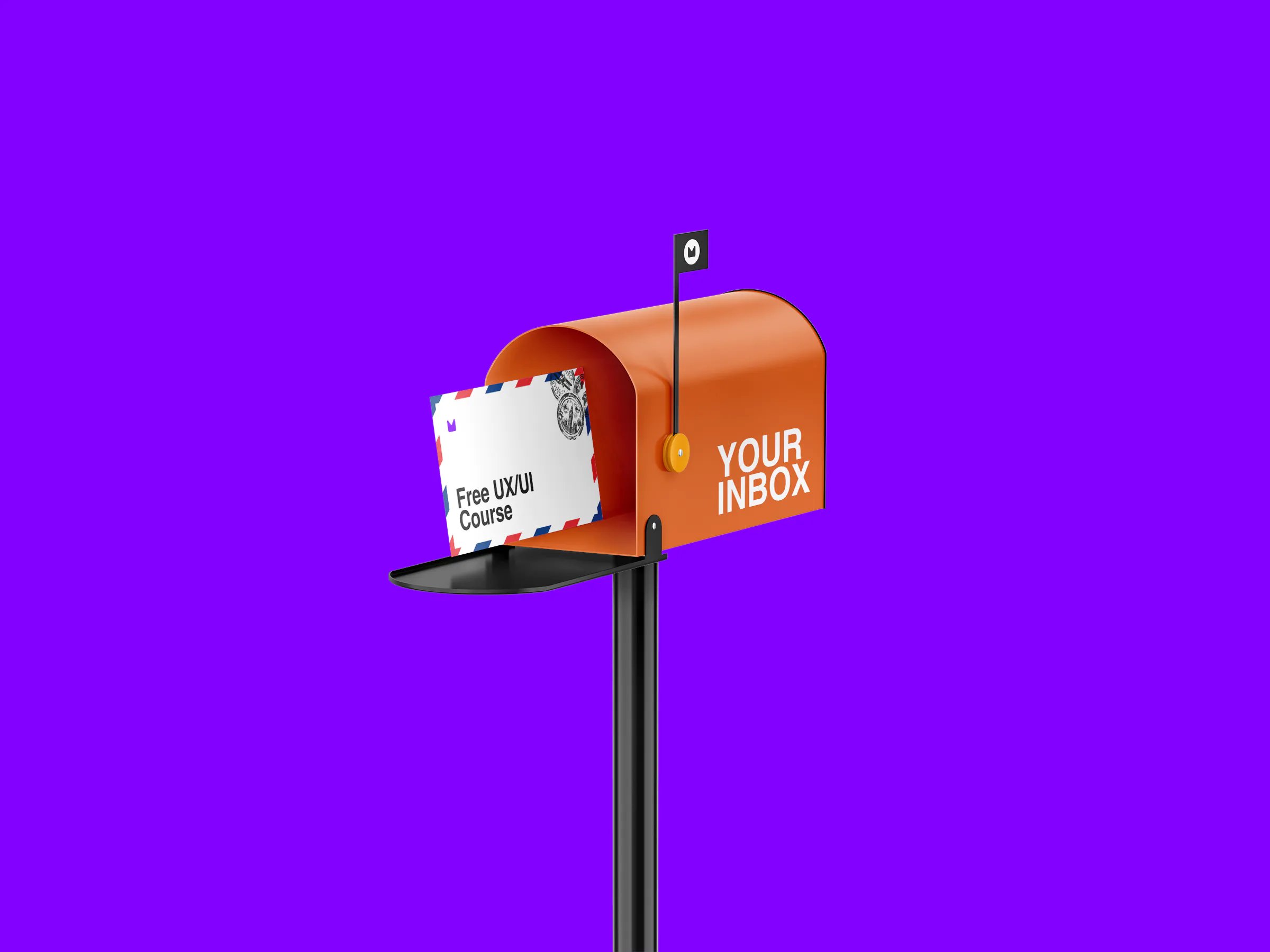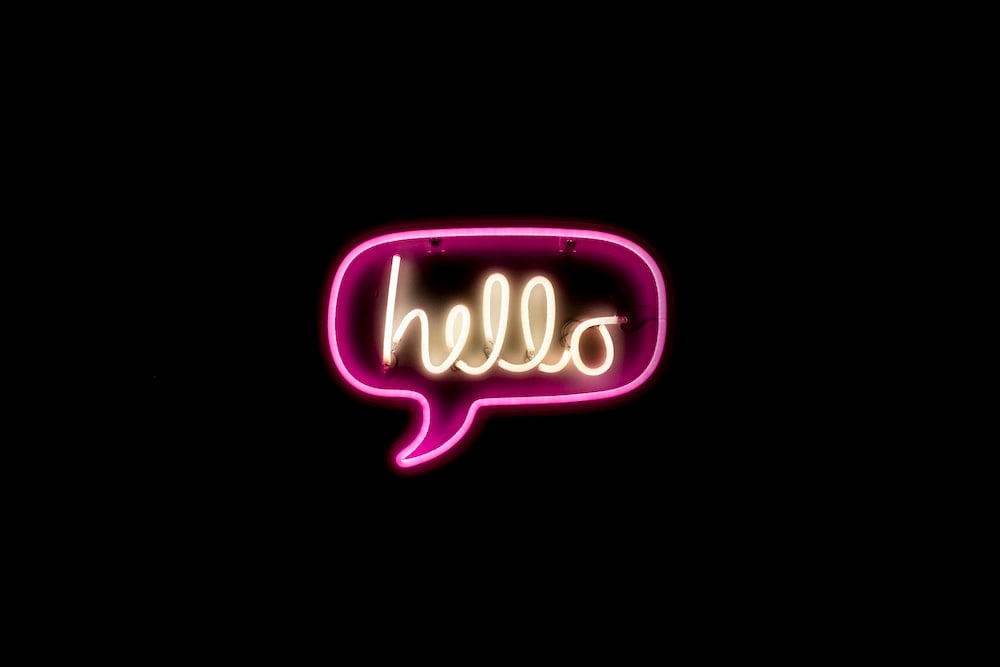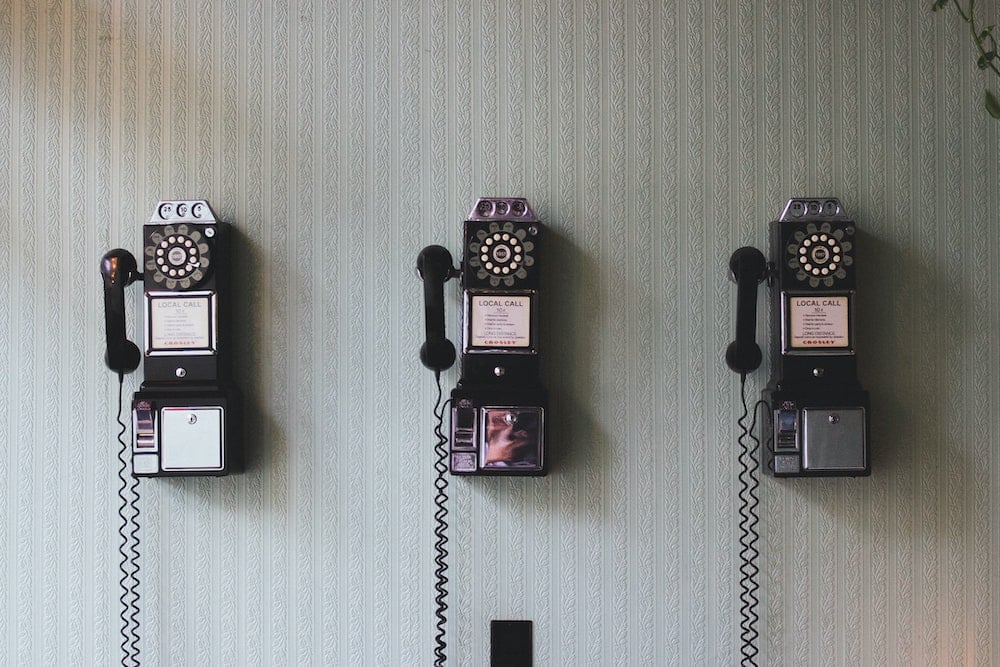

Get a Free UX/UI Course in Your Inbox Every Day for 15 Days
By the end of this three-week crash course, you'll have a much better understanding of the tech industry, the design craft, and all the knowledge you need to start building your career.

Get a Free UX/UI Course in Your Inbox Every Day for 15 Days
By the end of this three-week crash course, you'll have a much better understanding of the tech industry, the design craft, and all the knowledge you need to start building your career.

I've always struggled with communication, even though I've always dreamed of mastering it. Luckily, my role as a Product Designer became a pathway to enhance this skill. Cross teams collaboration, convincing clients, and articulating my design decisions have put me in a position of constantly communicating and refining my skills.
I've often observed that using language effectively is a cost-free strategy. Picking the right words when discussing your work can bolster confidence and earn you buy-in from stakeholders. In this article, let's dive into some communication improvements, complete with before-and-after examples.
We prepare, struggle, make some great points, and have the best ideas in the world. We are sure we will ace that presentation, get that job, or convince our client to proceed with our proposal. We passionately pitch our ideas, convinced they'll be a hit. But sometimes, our message fades into the background, and decisions are postponed.
Before assigning blame to your arguments or work, analyze the ideas presented. People often decline because they fail to see the direct benefit for them. Ask how your methods influence the bigger picture and reflect on the potential benefits. When we write or speak to others, we tend to focus too much on ourselves, our process, and our struggles. There is a fine line between showing self-reflection abilities and reaching a "me"-centric viewpoint.
To address this, try shifting to their perspective. Show how your methods influence the bigger picture and reflect on the potential benefits. How can your process influence the product strategy? Will having this color in the app turn into better user engagement? How does your Research help the business? Let's go through a quick example.
Before 🚫: "During Research, I grasped user perceptions of x features. I've validated a major assumption. Now, let's discuss another feature."
After ✅: "Research revealed user perspectives on x features. Validating this assumption suggests that re-imagining this feature from y angle could boost our user base."

I once came across a Tweet claiming, "Let me know what you think" is perhaps the most overused phrase in creative industries. I realized its validity after some contemplation. To enhance engagement, we should guide our audience toward a desired action. Everything can be phrased better to end a conversation on a more positive note or elicit a faster reply and action.
Are you looking for a second opinion on something you are not quite sure about yet? Or, you may want to move forward with something, but you need to update someone on your team before doing so.
Our goal when writing to someone or expecting an action should be to clear the path for that person to offer us the piece of information we need. Instead of leaving things in the air, set expectations and prompt action.
Imagine you ask your teammates for some feedback on your presentation deck for a client. You know the meeting is tomorrow, and you want to have some buffer time to make the necessary changes and prepare for the meeting, but you also need input from your teammates. A good practice is to tell them precisely this: set a deadline for their feedback and be transparent about your intentions.
Let's see some examples:
Before 🚫: "Let me know what you think."
After 1 (no deadline)✅ : "I am happy with the current version, but I look forward to your thoughts on points x and y as well, as I am not quite sure about the legal implications they might have."
After 2 (Approval, includes a deadline) ✅ : "Do we have your green light to send this to the client? The plan is to send this tomorrow at 18:00.It would be great to receive an answer until tomorrow at 17:00. Otherwise, I will proceed with sending it. "
After 3 (specific feedback, includes a deadline) ✅ : "I look forward to your thoughts on points x and y as well, as I am not quite sure about the hierarchy here. It would be great to receive feedback until tomorrow at noon (2 PM) so I have time to incorporate it. Otherwise, I will proceed with the Design as is."
All the alternatives allow your recipient to offer feedback on a specific topic, inform them of the next steps, and motivate them to approve so that you can move forward. In the second and the third, we introduce the element of a deadline, allowing people to plan ahead and know your expectations.

We go into that interview for our dream job confident and prepared but still feel out of place. And we don't get that job. We go to other interviews with lower stakes and suddenly feel our best selves. We feel unstoppable; we relax. How many of us have gone through this at least once in our careers?
That's because insecure vibes can creep in when we really want something to work out; we want it so badly that we feel less confident. And even if we are optimistic, we sometimes express this unsettling feeling involuntarily through communication.
Words such as "just," "fine," or "unfortunately" might creep in, making us sound a little bit less confident. The devil is in the details, but the good news is that you can quickly master some tricks. Let's go through some examples:
Before 🚫: "I just wanted to quickly update you on XYZ." — it feels like one is indirectly apologizing for wasting someone's time with this update.
After ✅: "I want to update you on XYZ: 1,2,3" — sounds more confident and straightforward, and the intent is clear: you are being transparent and sending someone an update.
Before 🚫: "I'm sorry, I can't make it until 4 pm today, unfortunately, but let me know what works for you, and I will accommodate." — it sounds polite and friendly, but it seems we are unnecessarily apologizing for something that is not our fault.
After ✅: "I propose to meet after 4 pm today if that works for you as well." — it puts us back in the driver's seat, gives us the confidence we need, and makes us feel part of the initiative.

Ready to become a Product Designer who is known for impeccable communication? Let's do a quick recap:
Use words to your advantage as much as you can. And don't worry if you don't master them from the start; nobody does. Like everything in Design, it's a matter of practice and iteration.